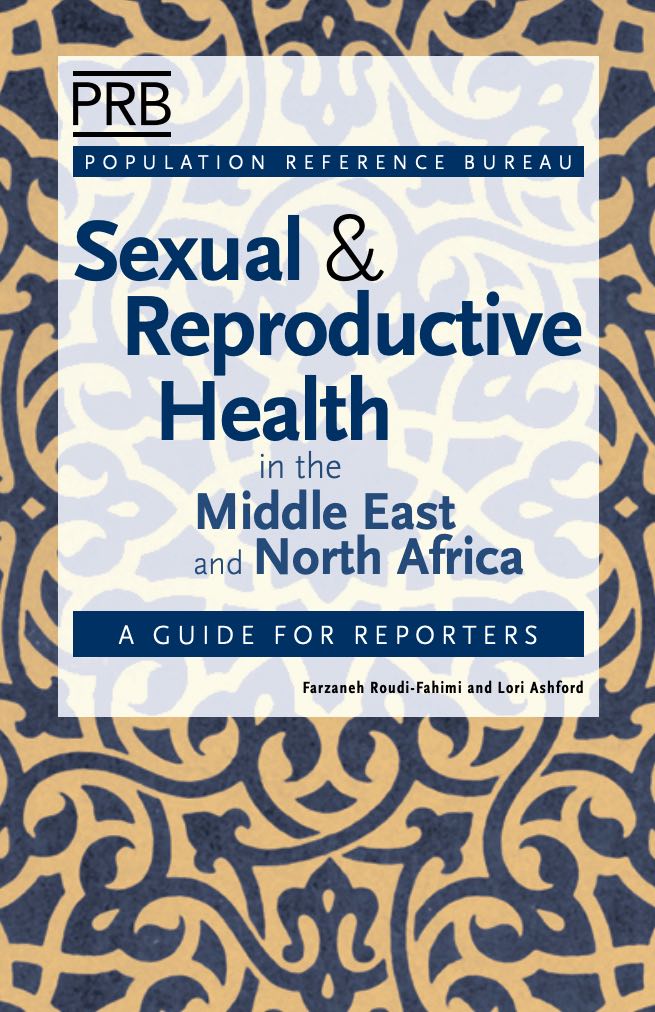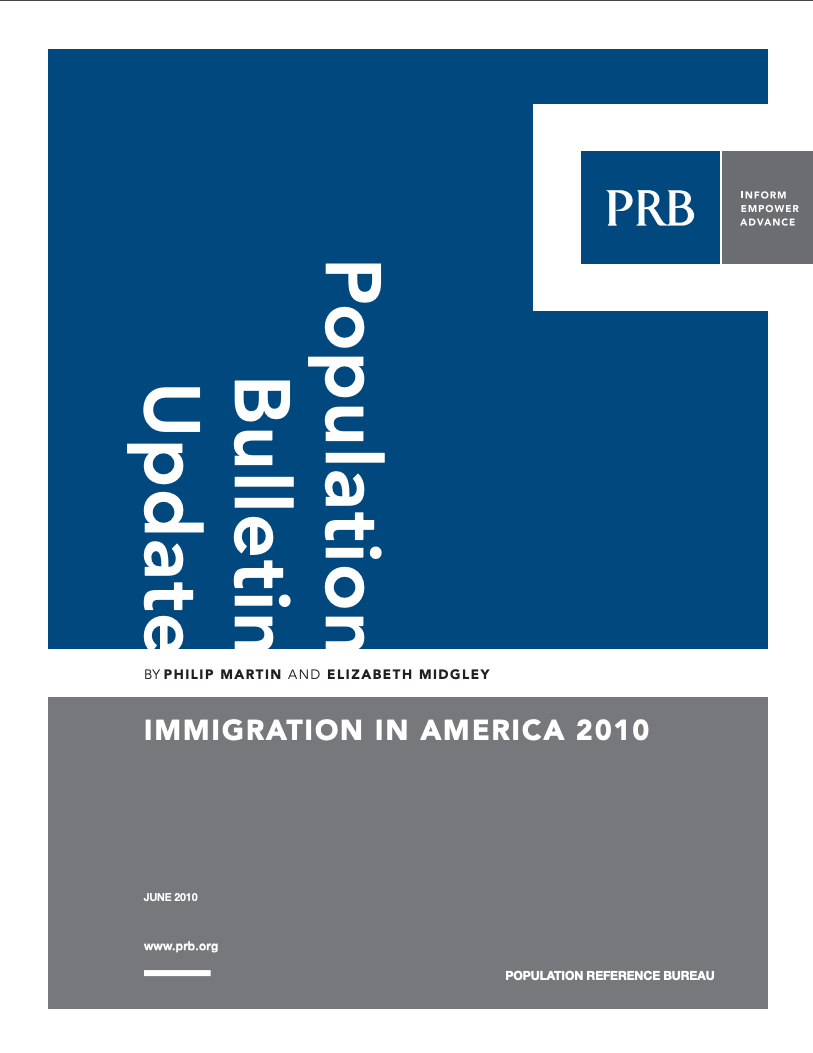Proposed Changes in Immigration Policy Put Children at Risk of Losing Health Insurance
(2018) Many children may lose public health insurance and nutrition assistance benefits under proposed changes to U.S. immigration policy.

(2018) Many children may lose public health insurance and nutrition assistance benefits under proposed changes to U.S. immigration policy.

These two media briefs provide journalists with tools to report stories on climate change using population data to understand who it affects and how their lives are changing.

Project: American Community Survey and Decennial Census Support Services
Data suggest that Appalachia faces a digital divide—not just between the Region’s households and the rest of the nation but also between the Region’s rural and more urban areas, say the authors of a Population Reference Bureau (PRB) report for the Appalachian Regional Commission.
(2014) A growing share of Americans are working beyond their 65th birthdays, a reversal that began about 25 years ago (see figure). This upswing appears likely to continue as more members of the baby-boom generation (born between 1946 and 1964) reach traditional retirement ages.

Project: PACE: Policy, Advocacy, and Communication Enhanced for Population and Reproductive Health
PRB’s World Population Data Sheet is an excellent reference and data analysis tool. Teachers are encouraged to have their students use the Data Sheet for a variety of topics and activities.
(2008) Immigration is a polarizing topic in the United States, with people sharply divided about whether it is a positive or negative force for the country.


This media brief shows journalists how population data can be used to report stories about primary health care, which touches every part of our society.

This Population Bulletin Update is a follow-up to 2006's Population Bulletin, "Immigration: Shaping and Reshaping America" by Phil Martin and Elizabeth Midgley, and provides new data and analysis on the economic impacts and policy debates around immigration.